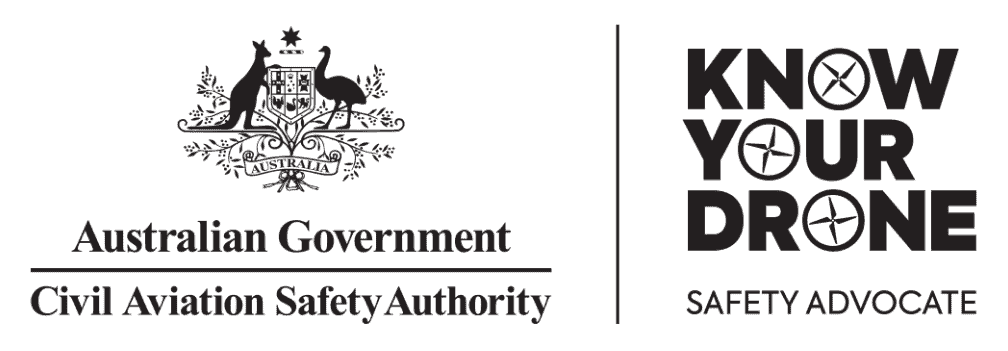George Nott (Computerworld)
May 2, 2019
The company behind the surf rescue and shark spotting drones that currently patrol beaches across Australia has begun testing a new UAV that will fly remotely along Australia’s coastline with “unprecedented range”.
The Ripper Group has worked with the long term support of to develop ‘Little Ripper’ search & rescue drones, which are scrambled to drop self-inflating floats for people in distress and spot sharks.
The firm’s general manager for Australia, Ben Trollope revealed today it was working on a much larger, beyond line-of-sight winged drone called The Ripper Ranger.
“We go mainstream, we go big,” he told an audience at the Amazon Web Services summit in Sydney this morning.
The sheer size of Australia means hundreds of beaches are not served by surf lifesavers; in fact only around 200 of the most popular surf and swimming spots are.
“What about a drone that can patrol the rest of that coastline, having the ability to drop rescue pods, autonomously detect whether you’re in trouble, whether you need a rescue?” Trollope said.
“This aircraft can fly long range up to four hours, which gives us the ability to locate those people, drop those pods and call helicopters in,” he added.
Discussions are currently underway with federal and state government authorities, including the Civil Aviation Safety Authority, to explore the possibility of beyond line of sight patrol flights which are currently strictly regulated.
There is potential for the Ripper Ranger to also serve those in need in Australia’s “vast interior” Trollope said.
“We’ve got areas where there’s not a lot of population. Having the ability to drop medical devices to people in need in rural communities, being able to grab an app and order your medicines, your prescriptions and being able to send that out,” Trollope said.
“Even one step further than that – working on the side of the road. When you come across someone that’s in a car accident and you need a first aid kit. Having the ability to have a drone deliver that,” he added.
You little ripper
The latest iteration of the Little Ripper drone is neon yellow in colour and features a zoom camera (“so we can identify people in trouble and the nasties that want to have a nip on your toes,” Trollope said) and a speaker system that can play three messages in multiple languages.
The UAV can carry a number of payloads, including self-inflating floats, sea markers, a compact defibrillator system and devices which sends electro-magnetic pulses that deter sharks.
The drone made global headlines in January last year, after helping save two teenage boys stuck in surf at Lennox Head beach by dropping a rescue float.
“There’s a whole range of different capabilities we can drop from the aircraft,” Trollope said.
The camera, which feeds footage back to a suitcase sized control computer manned by rescuers at the beach, allows for computer vision algorithms to be run to spot people and sharks.
A shark spotting algorithm – developed with researchers at University of Technology Sydney – has a 93 per cent accuracy, significantly higher than the 12-16 per cent accuracy rate achieved by humans spotting from a helicopter, Trollope said.
The company has about 20 possible algorithms primed for further development subject to funding, and is already working on one to spot crocodiles.

